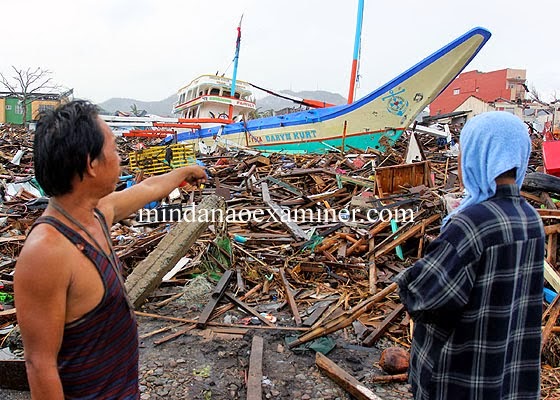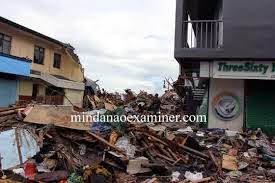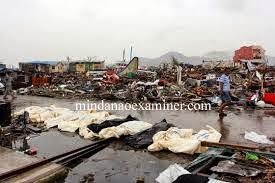
SAMAR – Six months on from one of the world’s worst typhoons and the people of Samar, who have also faced years of low-level conflict, are rebuilding their lives.
The insecurity caused by the protracted violence has left Samar the poorest island in the Philippines. When people were then hit by the mega typhoon’s 300-km winds and 5-meter waves, the effect was devastating.
Before typhoon Haiyan, Floro Elacion Junior was scratching out a living as a fisherman and managing to send his children to school. “Although life was difficult, we learned to budget our money and food in order to survive,” explains Elacion.
Elacion, his mother, wife and three children were in the evacuation center when the typhoon hit: “We would never have survived had we not moved to the evacuation center. Soon after the typhoon, I went home to check what had happened to our house. I was appalled to see the devastation.” The roofs and walls had been blown off and their possessions scattered. Elacion managed to put together a makeshift shelter and the family slept sitting upright when the rain was heavy.
“This was what happened to my boat in the aftermath of the typhoon,” points Elacion. “I found it a few metres away from where I left it – completely damaged. The engine was gone. I dragged my boat here to see what could be saved or used.”
Without his boat, Elacion was unable to support his family and relied on friends and neighbours for hand outs.
The International Committee of the Red Cross (ICRC), in partnership with the Philippine Red Cross (PRC), gave Elacion and 139 other fishermen cash grants of 10,000 pesos (US$300) to rebuild their boats and lives.
As Elacion puts the final lick of paint on his boat he says: “I am working hard to finish this boat so I can go fishing again and my family and I can go back to our normal lives.”
Due to decades of conflict, the ICRC was already working in the region and therefore able to set up a rapid emergency response when the typhoon hit. With the health structures completely destroyed, the ICRC set up two field hospitals where, in the first four months following the typhoon, 9,600 consultations and 200 surgical operations were carried out, and150 babies delivered.
Nurse Marlon Salazar was on duty when the typhoon struck and watched as the hospital fell apart: “During the typhoon, we had many evacuees here. When the wind started, we hid in this room. A newly delivered mother was sitting on the toilet bowl and I was here and could see when the building got destroyed and the sea water coming in. I was praying the door and the roofing would not be blown by off the wind. Every time a patient came in I thought it was my mother or my relatives.”
All of Salazar’s family survived. For the moment, he is treating his patients in tents: “We are using this as our temporary hospital. The Red Cross gave us medicine, equipment and supplies, like penicillin, antibiotics, fluids. Also they gave us an examining table and they will help us to rehabilitate the hospital.”
The ICRC is already rehabilitating one hospital in the area and will begin rebuilding this hospital next month.
The typhoon also destroyed the water pipelines limiting people’s access to safe drinking water. Working with the Philippine Red Cross (PRC), the ICRC has repaired the water system: “We are clearing the area now,” explains ICRC engineer Selwyn Lester Consimino, “and will put cement on the pipes to keep them safe the next time it floods.”
While the water system is being repaired, the ICRC and PRC have been trucking water to communities on a daily basis reaching 68,000 people.
Nenita Germones says: “Our life here remains difficult. Having access to this safe drinking water really helps. We sometimes do not have food on the table.”
The ICRC has two more steps to complete in its typhoon recovery program: constructing up to 6,000 houses and assisting around 7,000 families with cash grants to help turn their hope and resilience into a sustainable recovery. (ICRC)
(Watch video: http://www.icrcvideonewsroom.org/content/open.asp?ID=g209255.x376809104991535.48&title=Six_months_on_from_mega_typhoon__hope_and_resilience)




